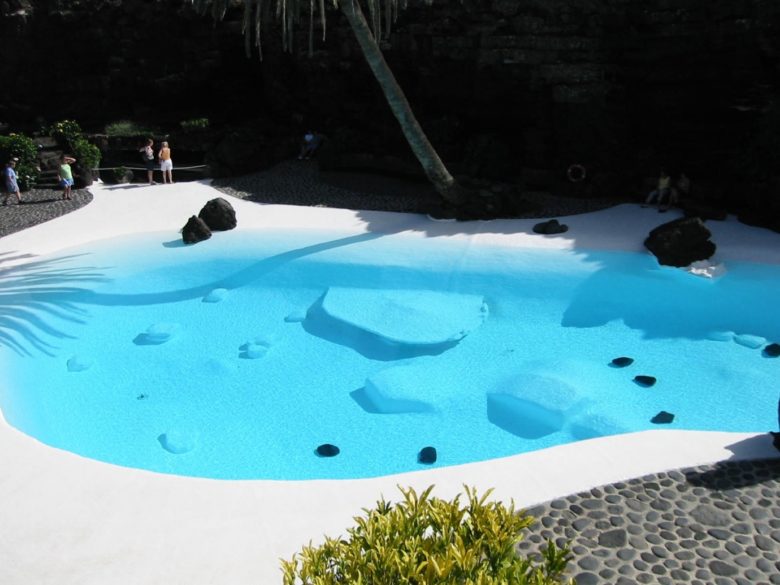We fight tooth and nail throughout the week to have a luxurious weekend, and nothing screams “luxury” more than a large swimming pool in the house.
However, if not planned right, you’re most likely to drown in debt before even taking a dip in the pool. As per nationwide research held by Homeguide, the average expense of constructing an indoor pool stands somewhere between $28,000 to $50,000.
Quite frankly, the most probable reason why most of us hesitate to build a pool is the excessive costs involved. Nevertheless, financing the project by applying for a pool loan is that much-needed silver lining here.
So, the question arises – what options do you have when it comes to financing a pool? What are the fundamentals to keep in mind while opting for this alternative?
Well, don’t worry because here’s all the info you’d need regarding pool loans!
Pool Loan: What are Your Options?
Before we proceed with the nitty-gritty of this discussion, let’s understand whether financing a pool is the right choice for you. Honestly, a swimming pool isn’t a necessity, so it is understandable if you are reluctant to consider borrowing money for it. Also, any loan tends to be a tad nerve-racking for most people.
That said, applying for a pool loan helps lessen the pressure of huge debts slowly and systematically. You’ll indeed be liable to pay higher interests for the time being, but it also boosts your property value astronomically. Besides, a pool also makes leisure time twice as fun.
Now that we’ve got that clear, let’s take a look at all the options available for consideration, i.e., if and when you qualify for pool financing.
Best Pool Loan Options In 2023
Here’s a detailed explanation of the best ways of financing a pool without suffering from excessive debts.
- In-House Financing
The first, and possibly the simplest way of applying for a pool loan is in-house financing. To be precise, it refers to the capital you borrow from your builder for construction. Many homeowners across the United States have followed this simplistic approach to building an inground swimming pool. The process is made possible through the existing relationship with their respective property builders.
In-house financing involves a contractual amalgamation between the two parties, where the builder handles the financing and paperwork. Once finished, the homeowner is liable to pay off the debt at a predetermined rate of interest. However, we’d recommend you to look around and do some research before applying for such loans, as you may also find alternatives with lower interest rates.
- Personal Loans
Apart from in-house financing, another standard financing route that people take for pool construction is a personal loan. The reason behind its immense popularity is the easy and effortless availability. If you want to apply for a personal pool loan, you’ll have an even wider variety of options, ranging from credit unions to national banks. You can get one for whatsoever reason, whether it’s a swimming pool or an international vacation.
Compared to in-house financing, personal loans come with a much lower and reasonable rate of interest. Furthermore, the lenders give you the freedom to choose the loan terms, be it constant or variable. You can also cut out the manual paperwork by applying online if you’re approaching a reputed credit/banking organization.
So, is it the best option out there? Well, it’s not, and that’s because most of these loans come with severe restrictions. In most cases, the loan limits fall below the total capital you’d require for inground pool construction, so a considerable shortage of money still remains.
- Home Equity Loans
If you’re willing to pull out the big guns, we couldn’t have a better recommendation than home equity loans. You would qualify for home equity loans only when you owe less than your property’s overall worth and hold equity in the house. Thus, when you apply for this category of pool loan, the property is held as collateral. It’s recommended to opt for such financing options only when you need a considerably large amount.
The main benefit of applying for credit lines is, undoubtedly, the competitively lower rate of interest. Thus, you’d be liable to pay a lot less than you’d usually spend on in-house financing or personal loans. Besides, if your overall loan amount doesn’t cross $750,000, the underlying interests automatically become tax-deductible. Nevertheless, your personal property is always at a high risk of foreclosure throughout the tenure, making it quite a high-risk move.
Pro Tips to Save Money While Financing
If you think that financing is the ultimate risk-free solution to all your monetary needs, then maybe you need to learn a little more about a pool loan. If not researched and planned well, these finances may lead to creating huge inconveniences in the long haul. That said, here’s a brief list of the tips we’d like you to follow to make the loan as feasible as it gets.
- Set A Minimal Limit
To be exact, don’t ask for more than what you need. Rather than applying for huge loans, it’s better to invest in a small and cost-effective swimming pool. Doing this would reduce your borrowing expenses, overall interest payable, and the monthly deposits.
- Set The Shortest Tenure Possible
The longer the tenure, the higher the total costs payable. That said, once you’ve applied for a small loan, it’s better to set the shortest timeline to pay it off. Other than that, doing a little research to locate banks/unions that offer low interests is always helpful.
Final Words
Although a swimming pool is never considered necessary, nobody has ever complained about having one in their backyard. That said, if you’re searching for the cheapest and safest ways possible for pool financing, Stanton Pools has some excellent deals going on that you must check out!
We’ll see you soon with more informational guides, so stay tuned!
Article by Born Realist






